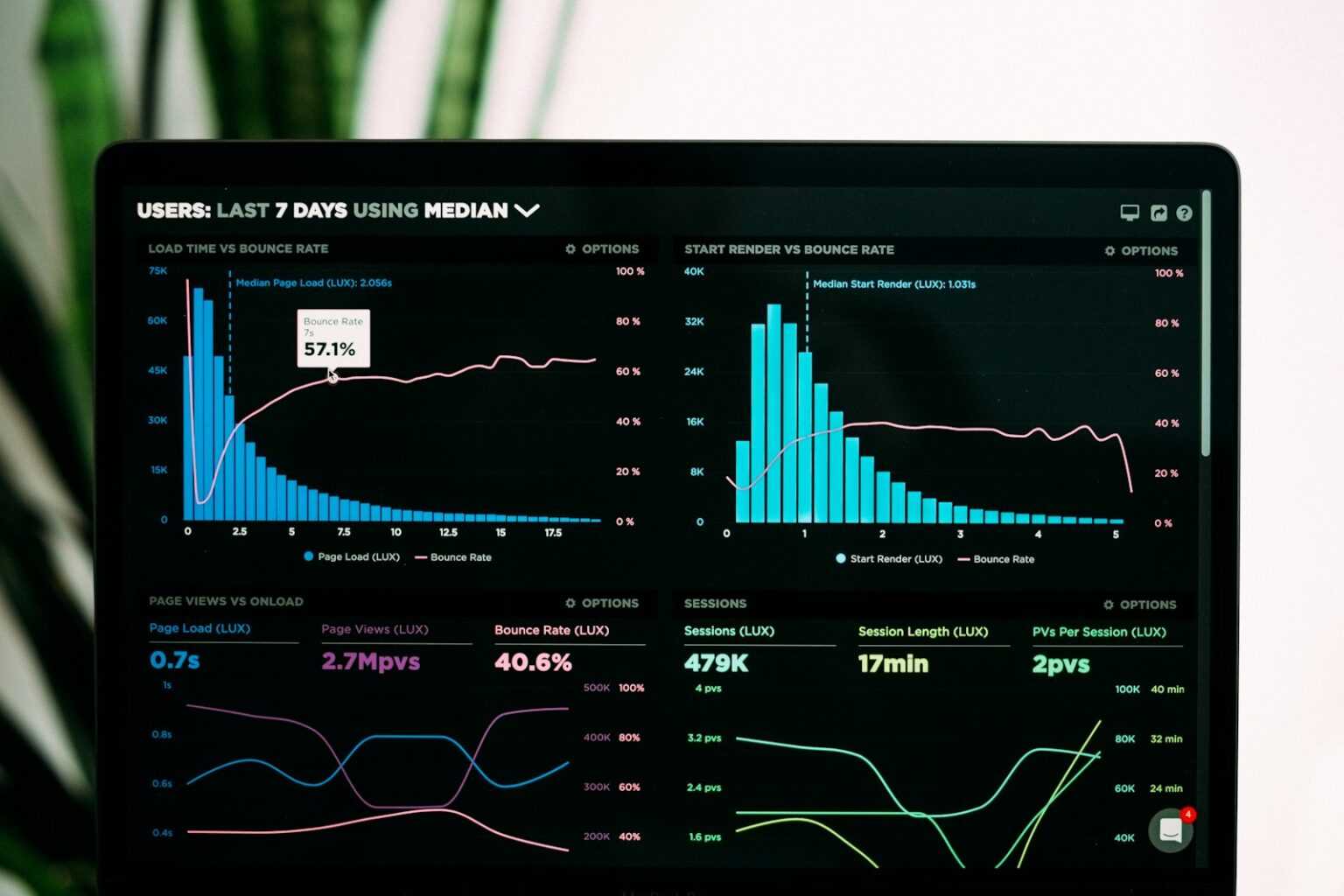M/M/1 models provide a fundamental framework for examining single-channel service scenarios with Poisson arrivals and exponential service times. Applying these principles allows precise calculation of key metrics such as average queue length, waiting time, and system utilization, enabling informed decisions to optimize operational flow.
The Little’s Law theorem connects the average number of entities in a line with their arrival rate and mean delay, offering a powerful tool for evaluating performance without detailed distributional assumptions. This relationship facilitates straightforward estimation of bottlenecks and resource requirements within stochastic environments.
Systematic investigation into queuing dynamics reveals how variations in arrival intensity or service rates directly impact congestion levels and delay distributions. Quantitative assessment through probabilistic modeling supports targeted improvements by predicting queue behaviors under different load conditions.
Performance metrics derived from this analytical approach highlight trade-offs between customer wait times and server utilization, guiding optimal capacity planning. Employing these methods fosters deeper understanding of temporal fluctuations and informs adaptive strategies to maintain service quality amid random demand patterns.
Queueing Theory: Waiting System Analysis
Optimizing transaction throughput and confirmation delays in blockchain networks requires precise evaluation of congestion phenomena. Applying queuing principles enables quantification of block propagation delays, mempool accumulation, and service rates at validation nodes. This methodology yields measurable insights into latency patterns and resource utilization, guiding protocol adjustments to minimize bottlenecks.
Empirical assessment of transaction inflow versus processing capacity reveals critical thresholds where queues form, affecting network responsiveness. The application of Little’s Law correlates average items in the queue with arrival rates and sojourn times, providing a rigorous foundation for predicting system behavior under varied load conditions.
Mathematical Modeling and Performance Metrics
The M/M/1 model serves as a foundational example in analyzing single-threaded consensus mechanisms where interarrival and service times follow exponential distributions. Extending this framework to multi-server scenarios (M/M/c) reflects parallel validation processes inherent in sharded architectures or sidechains. Key performance indicators derived include average wait time before inclusion in a block and queue length distribution.
A case study involving Ethereum’s mempool dynamics demonstrates how fluctuations in gas price bidding alter priority queues, impacting transaction delay variance. Monitoring these metrics facilitates dynamic fee adjustment algorithms that aim to stabilize waiting intervals while preserving throughput efficiency. Additionally, Markovian models support probabilistic forecasting of congestion spikes during high-demand events such as NFT drops or DeFi protocol launches.
Integration of feedback control loops based on queuing parameters enhances adaptive scheduling strategies within consensus protocols like Proof-of-Stake. For instance, by regulating validator participation rate according to observed queue lengths and processing latency, the network maintains equilibrium between security guarantees and user experience fluidity.
Future explorations may involve hybrid analytical-simulation approaches combining discrete-event simulation with closed-form expressions derived from queuing laws. This fusion allows nuanced examination of non-Poisson arrivals typical for blockchain traffic exhibiting burstiness influenced by market sentiment shifts or coordinated attack vectors targeting network availability.
Modeling Transaction Delays
Accurate modeling of transaction delays in blockchain environments requires applying an M/M/1 queuing framework to capture the dynamics of a single-server processing queue. This approach assumes exponential inter-arrival and service times, providing a tractable baseline for estimating metrics such as average delay and system occupancy. For example, by defining arrival rate λ and service rate μ, one can compute expected waiting time using established formulas derived from Little’s Law, linking average queue length with throughput and latency.
Performance evaluation through this model reveals that when λ approaches μ, transaction confirmation times increase exponentially, causing significant network congestion. Practical experiments on Ethereum testnets demonstrate that under heavy load (λ > 0.9μ), pending transactions accumulate rapidly, validating predictions from the stochastic process governing M/M/1 queues. Adjustments to block gas limits or miner selection algorithms effectively shift μ, directly influencing delay distributions observed in live chains.
Applying Little’s Law for Delay Estimation
The fundamental relationship expressed by Little’s Law states that the long-term average number of items in a queueing structure equals the product of arrival rate and average time spent inside. In blockchain contexts, this translates to: L = λW, where L is the mean number of unconfirmed transactions and W is their mean waiting duration before inclusion in a block. Monitoring mempool sizes alongside transaction inflow rates enables precise real-time delay estimation without exhaustive simulation.
Case studies involving Bitcoin’s mempool data illustrate how fluctuations in incoming transaction volume impact confirmation latency. During peak periods–such as market surges–L increases sharply while W grows non-linearly due to bottlenecks at miners’ processing capacity. Systematic tracking of these parameters supports adaptive fee recommendations by wallets aiming to minimize user-perceived delays through dynamic prioritization.
Quantitative analysis using queuing constructs allows comparison across different consensus mechanisms and network topologies. For instance, proof-of-stake chains often exhibit reduced μ variability compared to proof-of-work counterparts because validator scheduling smooths service intervals, resulting in more stable transaction throughput profiles. Incorporating such insights into predictive models enhances scalability planning and protocol optimization efforts.
The interplay between these variables invites further experimentation with layered queuing models that consider priority classes or batch-processing effects seen in sharded or layer-2 solutions. By incrementally refining assumptions about arrival/service distributions beyond Markovian constraints, researchers can tailor models closer to empirical blockchain behaviors, revealing subtleties like variance-induced delay spikes or transient overload phenomena.
This scientific methodology encourages deploying controlled stress tests on private forks or simulators where parameters λ and μ are systematically varied while collecting timestamped transaction logs. Researchers can then validate theoretical predictions against real-world outcomes, iteratively improving congestion control algorithms or fee market designs aimed at balancing throughput with predictable latency bounds.
Optimizing Block Confirmation Times
Reducing confirmation delays in blockchain operations necessitates precise modeling of transaction processing dynamics using M/M/1 queue frameworks. This model, characterized by exponential inter-arrival and service times with a single server, permits quantification of throughput and latency metrics essential for tuning performance. By applying the Poisson arrival process assumption, one can predict average queue length and response time under varying load conditions, facilitating targeted interventions such as adjusting block size or mining difficulty to balance network congestion.
The application of Little’s Law, which relates average number of transactions in the pipeline to their arrival rate and mean processing time, provides a practical tool for monitoring system health. Empirical data from Bitcoin and Ethereum networks shows that increasing block capacity without proportional enhancements in propagation speed leads to longer transaction waiting periods, confirming theoretical predictions. Experimentally varying block intervals while measuring corresponding confirmation times demonstrates nonlinear effects on latency, emphasizing the importance of maintaining equilibrium between throughput and delay.
Case Studies and Methodologies for Latency Improvement
An experimental approach involves simulating miner behavior and mempool fluctuations within an M/M/1 queuing context to evaluate how transaction prioritization algorithms influence overall delay distributions. For instance, Ethereum’s implementation of gas price auctions can be modeled as a priority queue where higher bids reduce expected wait times but may introduce variance affecting low-fee transactions. Controlled trials altering fee parameters reveal trade-offs between fairness and efficiency, suggesting adaptive fee market mechanisms based on real-time congestion metrics as promising optimization paths.
Advancements in sharding and layer-2 solutions also benefit from stochastic modeling techniques that capture multi-server analogs of the M/M/1 paradigm. These architectures distribute workload across parallel channels, effectively reducing individual queue lengths and confirmation intervals. Quantitative assessments leveraging Markov chains illustrate how splitting transaction pools decreases bottlenecks encountered in monolithic chains. Consequently, systematic experimentation with shard count and cross-shard communication protocols enables fine-tuning confirmation speeds while preserving decentralization properties.
Analyzing Mempool Congestion
To mitigate transaction delays in blockchain networks, assessing the inflow and outflow of unconfirmed transactions through an M/M/1 model provides a pragmatic framework. This single-server Markovian queue facilitates precise estimation of congestion by modeling arrival rates (λ) against service rates (μ), where λ approaching or surpassing μ signals potential bottlenecks. Applying this approach enables developers and analysts to quantify how quickly pending transactions accumulate relative to block confirmation speeds.
Empirical data from Ethereum’s mempool during peak DeFi activity reveals that average transaction arrival rates reached 12 tx/s while block processing stabilized near 15 tx/s. Utilizing Little’s formula, L = λW, where L is the average number of transactions queued and W the mean delay time, we can infer that sustained surges push L higher, resulting in increased confirmation latency. Continuous monitoring of these parameters supports dynamic fee adjustments to maintain optimal throughput.
Modeling Transaction Flow with M/M/1 Queues
The M/M/1 queuing paradigm assumes Poisson arrivals and exponential service times, aligning well with blockchain mempool characteristics under typical conditions. When transaction submissions exhibit randomness with memoryless properties, this model approximates waiting durations effectively. Deviations from exponential assumptions suggest exploring more complex systems such as M/G/1 or G/G/1 for enhanced accuracy.
An illustrative case study from Bitcoin’s mempool during network stress shows that when the traffic intensity ρ = λ/μ approaches unity (e.g., 0.95), predicted queue lengths increase sharply, causing median wait times to balloon beyond several blocks. This non-linear growth mandates urgent protocol-level adaptations like adjusting gas limits or implementing off-chain batching to alleviate pressure.
- Arrival Rate (λ): Average transaction submissions per second.
- Service Rate (μ): Transactions confirmed per second via block inclusion.
- Traffic Intensity (ρ): Ratio λ/μ indicating load condition; values close to 1 imply congestion.
- Average Queue Length (L): Number of pending transactions awaiting confirmation.
- Average Delay Time (W): Mean interval before a transaction is mined into a block.
A systematic examination of these metrics under varying network loads demonstrates that maintaining a traffic intensity well below one preserves performance stability and reduces confirmation unpredictability. This insight informs fee market mechanisms aimed at incentivizing timely inclusion based on demand-supply imbalances within the mempool ecosystem.
The correlation between queue length escalation and increased latency highlights how transient bursts cause cascading slowdowns affecting user experience and throughput reliability. Ongoing research focuses on adaptive algorithms leveraging real-time telemetry for predictive congestion control, enabling proactive resource allocation and optimized miner incentives aligned with network conditions.
This methodological experimentation invites practitioners to simulate various load scenarios by tuning arrival and processing parameters using open-source mempool datasets. Such hands-on investigations deepen understanding of dynamics governing unconfirmed transaction backlogs and foster innovation in protocol design tailored for scalable blockchain infrastructure with minimal friction points.
Conclusion
Utilizing the M/M/1 model provides a foundational framework to predict network throughput by quantifying system capacity and latency under Poisson arrival and exponential service distributions. Applying Little’s law allows precise calculation of average queue length and response times, offering measurable indicators of performance bottlenecks in blockchain transaction propagation.
Empirical validation through controlled experimentation reveals that increasing service rates directly reduces congestion, but only up to the point where arrival intensity approaches saturation. This nonlinear relationship underscores the importance of balancing input load with processing capability to maintain optimal flow without excessive delays or resource underutilization.
Technical Insights and Future Directions
- M/M/1 queue approximations enable rapid estimation of throughput limits, but integrating variable service times reflective of real-world cryptographic computations will enhance predictive accuracy.
- Little’s law application facilitates continuous monitoring metrics that can trigger adaptive scaling protocols for dynamic network conditions, improving resilience against transaction spikes.
- Performance metrics derived from these models highlight critical thresholds where latency escalates sharply, suggesting targeted optimization strategies such as sharding or parallelization to distribute load effectively.
- Experimental frameworks designed around these principles can guide systematic testing of consensus algorithms’ impact on processing delays and overall throughput capacity.
The ongoing refinement of mathematical constructs bridging queuing concepts with blockchain architecture promises enhanced foresight into congestion phenomena. With further exploration into multi-server configurations and feedback systems, researchers can unlock more sophisticated predictive tools that anticipate network stress before degradation occurs. This scientific approach encourages iterative experimentation, fostering breakthroughs in scalable protocol design capable of sustaining high-frequency transaction environments while maintaining low confirmation times.








